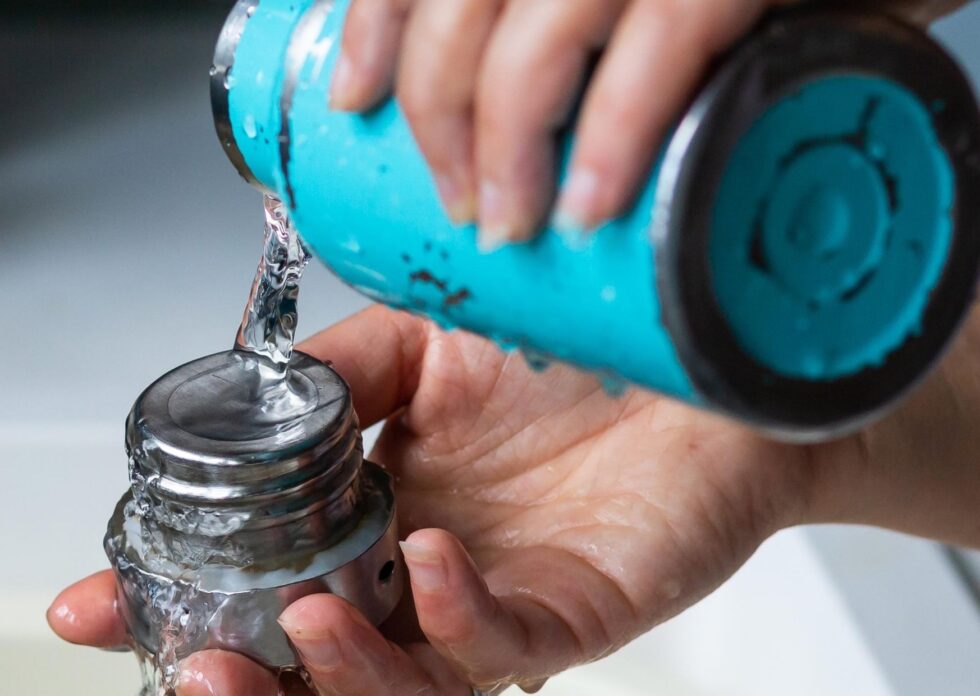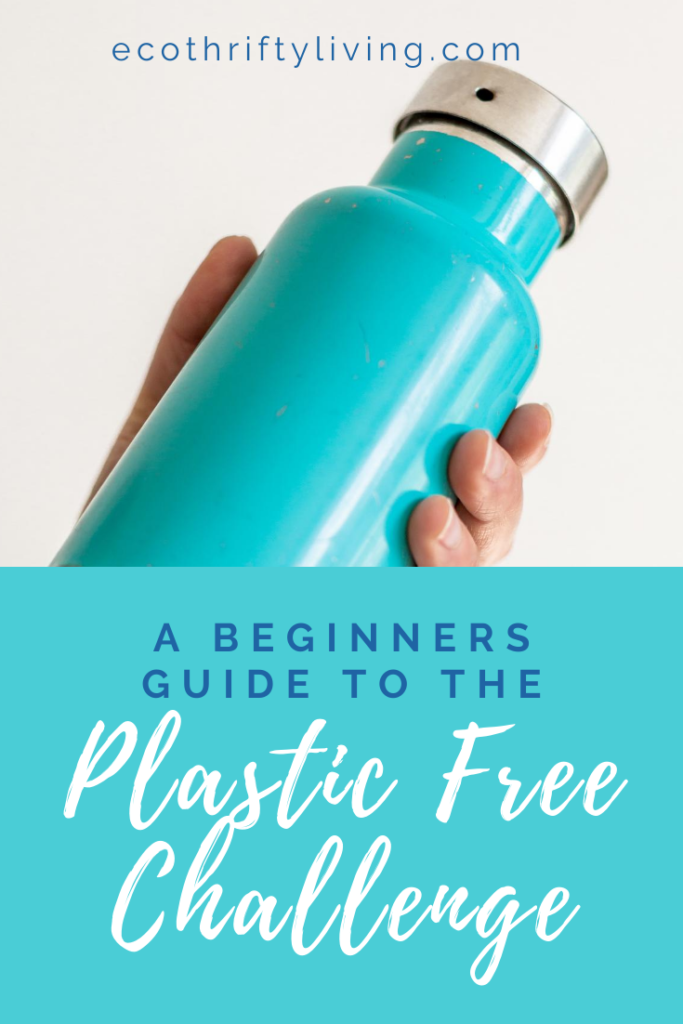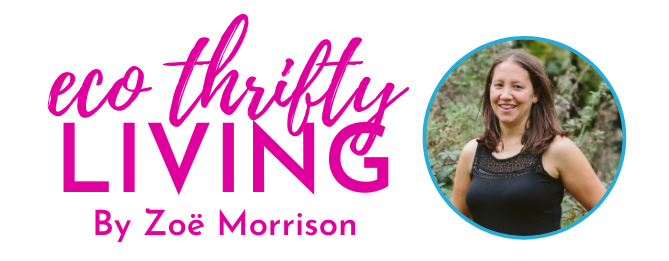
Plastic Free July – a beginners guide
What is Plastic Free July ?
Plastic Free July is an annual campaign, which takes place in July each year. It aims to encourage people to stop using single use plastics. Things like disposable plastic straws, bags, bottles and plastic lined coffee cups. The idea is to swap them for alternative options e.g. reusables for the month of July. It was founded in 2011 and since then, millions of people have taken part.
What is a single use plastic?
A single use plastic is a plastic item which is designed for one use. For example a plastic straw is usually meant for using with one drink and then disposing of. Disposable plastic bottles are another example. Once you have drunk your drink the bottle will end up in the bin or the recycling.
What is a reusable item?
Reusable items can be used again and again. They can often replace the need for single use items. For example you can buy reusable drinking straws e.g. ones made of metal or sillicone . These can be useful for years. And they are easy to take out with you for when you might need a straw. There is also the option of not using a straw if you don’t need one. I invested in some reusable straws, but found that I rarely use them.
Who founded Plastic Free July?
Plastic Free July was founded by ‘Rebecca Prince-Ruiz (the founder of the Plastic Free Foundation) and a small team in local government in Western Australia’. You can find out more about this here: plasticfreejuly.org
Why should you go plastic free?
When we throw plastic away it doesn’t biodegrade. Instead it degrades, which means it breaks down into tiny pieces and gets into the food chain. This is a huge problem in our oceans, where plastic is accumulating at a frightening rate. It also means that there might be tiny bits of plastic in the fish that ends up our plates. This has added to my motivation to have a mostly plant based diet.
Is it possible to live without plastic?
Going entirely plastic free is not easy
I’ll be honest with you – going entirely plastic free is not easy. Plastic invades our every day lives in countless ways. Although it would be technically possible to live without it, most of us would find that a step too far.
- A large proportion of fabrics and soft furnishings contain synthetic fibres. Your sofa, carpet, clothes, shoes, cushions, curtains, towels and much more contain plastic
- Most of our appliances and devices contain plastic. Fancy living without your fridge freezer, washing machine, dishwasher, mobile phone, tablet or computer?
- Planes, buses, trains, bicycles, running gear and trainers all contain plastic. How would we get around if we refused all plastic right now?
Sometimes the alternatives are worse than using plastic (at the moment)
Even if we did decide to forgo all the things I mentioned above,
- Single use plastic can protect us from harm at times. In hospitals it can help restrict the spread of infection and disease. Some people need to use disposable straws because of an illness or disability.
- Food waste gives off methane in landfill. Methane is a greenhouse gas, far more potent than CO2. Some plastic food packaging is often specially designed to prolong the life of our food and reduce food waste.
- The carbon cost of using plastic packaging is lower than most alternative materials at the moment. This is true for plastic bags too. They have a lower carbon cost than paper bags and a much lower carbon cost than a cotton tote bag (cotton is also very pesticide and water intensive to grow). So unless we are careful we may be switching the plastic problem for other environmental problems.
The key to Plastic Free July, is not to avoid plastic altogether. It’s to focus on swapping the single use plastics for reusables where possible. Or if the product isn’t really necessary, we can just stop using it. Plus those reusables need to be long lasting, well looked after and reused and reused to get the environmental benefits from them.
How can you go plastic free?
Some quick tips to get you started:
- Start with the basics – straws, coffee cups, water bottles and plastic bags. Then once you have done that, move on to other areas.
- Think beyond just replacing plastic with any old plastic free alternative when you are making swaps. Do you really need the product at all? Would it be better to make use of what you already have before you get a replacement? Are the alternatives on offer actually going to be bettter for the environment?
- Don’t avoid plastic altogether, only do it when it makes sense to do so. We aren’t living in a world with perfect alternatives for every situation right now, so go easy on yourself!
Also, check out the Plastic Free July website. They have loads of tips and tricks on there. Sign up to their mailing list. During July each year they will send you a series of emails with tips for going plastic free.
Should you take the Plastic Free July Challenge?
I highly recommend it as a way to raise your awareness of the amount of single use plastic in your home. I first took part in 2014. Although I wasn’t ready to ditch plastic entirely afterwards, I made a lot of changes which have stuck with me for years afterwards.
Is taking part in Plastic Free July enough to solve our plastic problem?
I think Plastic Free July is a great introduction to the problem. But there is a lot of work to do! We need businesses, innovators, inventors, scientists, designers, engineers and more to come up with new materials and ways of doing things that can help us transition away from plastic to better alternatives. We also need to be careful about what we replace plastic with. It would be silly to replace one problem with another!
To find out about more campaigns and awareness dates like this, check out my post here: Environmental awareness dates.





